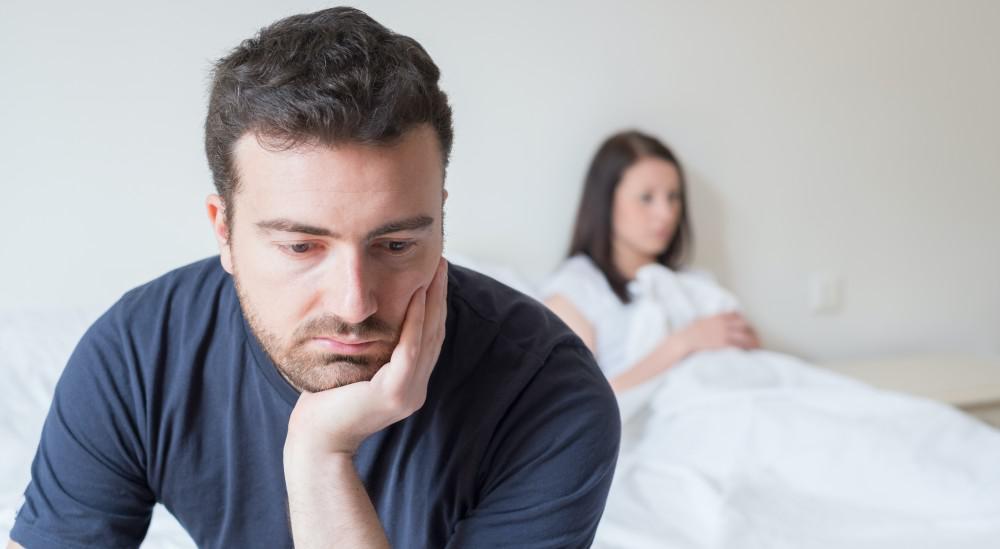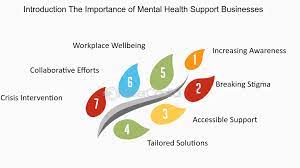Having bladder control problems can be an embarrassing and uncomfortable experience. Fortunately, there are effective treatments available for managing the condition. Here are some of the most effective treatments for bladder control problems, including core pelvic physical therapy which is seen to be an effective treatment. The urinary incontinence treatment will depend on the type of incontinence you have, and the health expert will recommend the steps which will help to control your symptoms.
How Making Lifestyle Changes Can Help?
Whether you know it or not, making lifestyle changes can help in treating any kind of problem. You can reduce the leaks by making changes in your lifestyle. Start by Drinking the right amount of liquid at the right time is one of the most important treatments for bladder control problems. This involves reducing your intake of fluids during certain times of the day, such as before bedtime and between meals. It also involves avoiding beverages that are high in caffeine or artificial sweeteners.
This will help reduce episodes of overflow incontinence, which is a type of bladder control problem that occurs when too much urine is produced at once. It can also reduce the chances of developing urinary tract infections, which can further exacerbate bladder control issues. Ultimately, it is essential to consult with your doctor for the best plan for your specific condition.
Exercises For Pelvic Muscle
Pelvic muscle exercises, also referred to as Kegel exercises, are an important part of treatment for bladder control problems. This type of exercise is designed to strengthen the muscles of your pelvic floor, which are responsible for controlling your urinary flow. Doing regular Kegel exercises can help you improve bladder control and reduce the risk of overflow incontinence treatment
An important step in pelvic muscle exercises is locating your pelvic floor muscles. You can do this by stopping the flow of urine midstream and paying attention to the muscles that allow you to do this. Once you have identified these muscles, try to practice contracting and releasing them on a repeat basis. For best results, aim to do 10-15 repetitions of these exercises every day. You can do these exercises almost anywhere, while sitting or lying down. It may take several weeks or months to notice an improvement in your bladder control, but with consistent practice, you should start seeing results.
Controlling The Desire To Urinate
Urge incontinence is a type of bladder control problem that can be treated with lifestyle changes, such as controlling your urge to urinate. Urge incontinence can lead to frequent and strong wishes to urinate even when your bladder isn’t full. Learning how to recognize the urge and control it is important.
One way to do this is by timing your urination habits. Set aside specific times during the day to go to the bathroom, and then gradually increase the time between trips. This can help you become more aware of your body’s signals and help reduce the urge to urinate. Other techniques that can help include relaxation techniques like deep breathing, distracting yourself with activities such as reading or taking a walk, and practicing bladder retraining exercises.
Bladder retraining exercises consist of controlling your desire to urinate by using relaxation techniques when you feel it. Overflow incontinence treatment is a suggested option. This is where a device such as a catheter or an implant is used to decrease bladder spasms and reduce the urge to urinate. It is important to talk to your doctor about what treatment options are best for you.
Physical Therapies
This physical therapy is an effective form of treatment for bladder control problems. It helps to strengthen the muscles that support the bladder, improve the coordination of muscles that control urination, and restore normal bladder sensation. This type of physical therapy can help with a variety of bladder control issues, such as stress incontinence, urge incontinence, and overflow incontinence treatment.
When it comes to core pelvic physical therapy, your physical therapist will develop a personalized treatment plan based on your individual needs. This may include exercises to strengthen the pelvic floor muscles, manual techniques to help relax tight muscles and release trigger points, massage and stretching to reduce tension in the pelvic area, and posture adjustments. Your physical therapist may also use various tools to aid in the recovery process, such as electrical stimulation and ultrasound. With consistency and dedication, this pelvic physical therapy can help you to regain control of your bladder and get back to living life without the fear of accidents.
Final Words
Bladder control problems are seen to be very common, still many people feel embarrassed to discuss them. Consult a healthcare professional about your bladder problems so that they can advise you on better solutions for the same. They will guide you with the proper treatment aids for a quick recovery!





